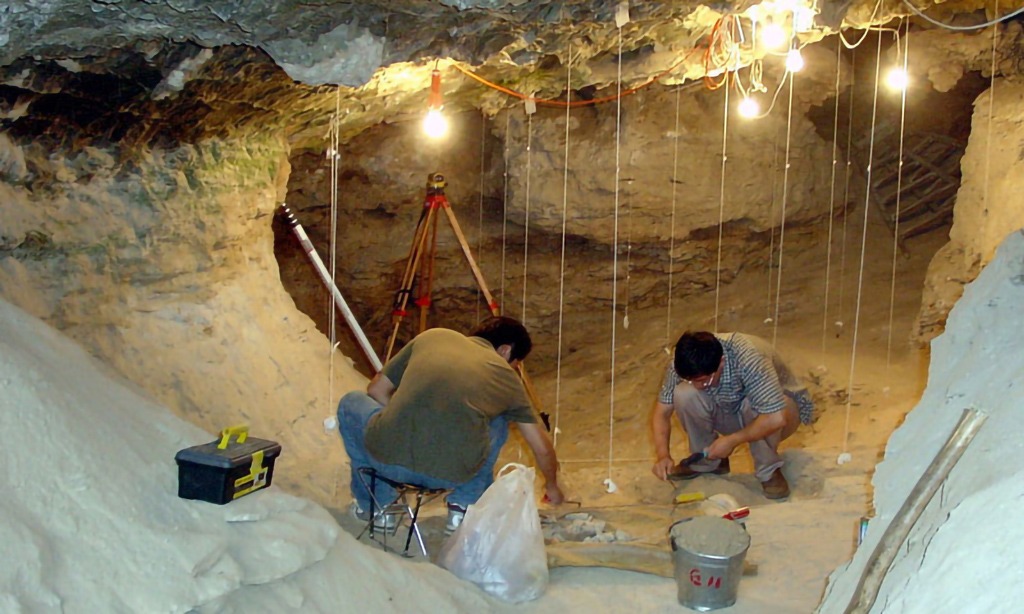
Native American: Cross Bering Land Bridge from Asia To North America
Native Americans and the Ancient Chinese – A DNA Connection

Even though I generally research and write about New England history, I am always on the lookout for new information about Native Americans. Tribal groups like the Wampanoag and the Narragansett (to name just a couple) play such a huge part in the development of Yankee history, I have to jump at the chance to learn more about their development. Although there are literally hundreds of ideas, perhaps the most accepted Native American origin theory indicates that these tribal groups began to cross the Bering land bridge from Asia to North America around 40,000 years ago. Recently, this theory gained another key piece of DNA evidence. According to and article posted on Past Horizons, a team of researchers from Leipzig, Germany has sequenced the DNA of a fossilized bone of an early human found in Tianyuan Cave near Beijing. The results of the sequence show that this human, who lived roughly 40,000 years ago, shares a DNA connection with Native Americans.
A researcher from the Max Planck Institute of Evolutionary Anthropology in Germany suggested that the bones found in Tianyuan Cave come from a transitional time period when early modern humans were beginning to replace our more ancient relatives like Neanderthals and Denisovans. Of course, some Neanderthal and Denisovan DNA was also found in the Tianyuan remains, but levels were no more than would be found in modern Asian populations. The findings were significant, not only because it showed a connection to the DNA of Native Americans, but it also showed no connection to modern European DNA. This indicates that the 40,000 year old remains had already diverged from the ancestors of modern Europeans. The information helps to piece together how and when modern humans spread across Eurasia. When I teach about Native American groups, I present the Bering land bridge theory as the most plausible, though I do explain a couple more theories as well.
Right now DNA evidence has been hugely influential in the field of human population research. Most DNA evidence is supporting the theory that modern Native Americans are related to Asian populations. However, a precise understanding of the development of unique geographic populations like the Wampanoag and the Narragansett is still a little ways off. How and when these ancient migrants from Asia moved through North and South America and how they developed into the hundreds of diverse tribal groups spread from coast to coast is more than a little unclear. That is something I’d like to see explained.





Responses